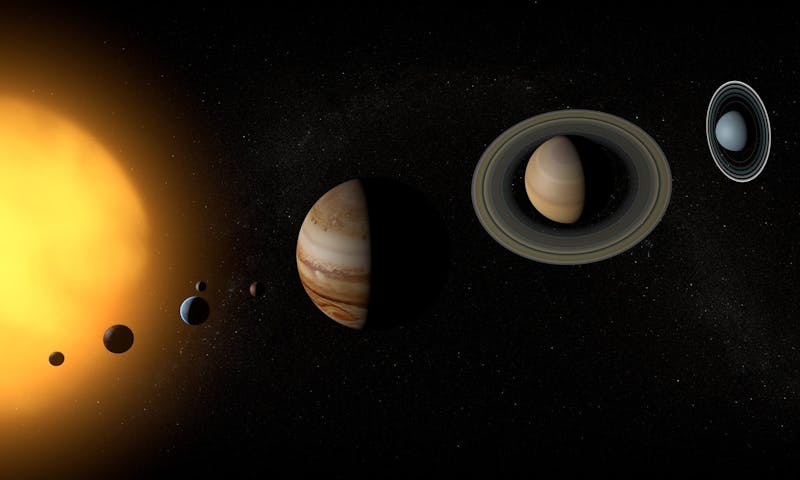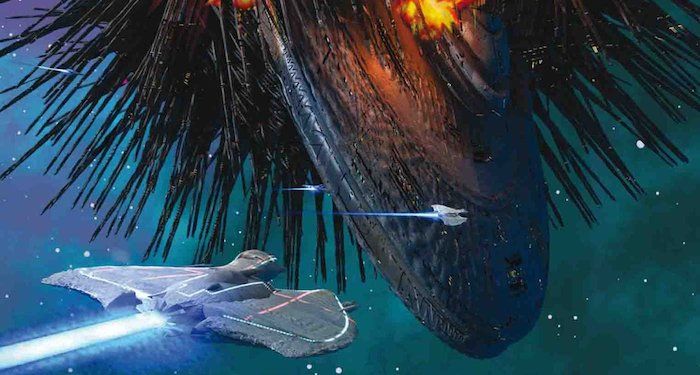Dayton3
Gold Member
- May 3, 2009
- 3,407
- 1,303
- 198
Newtonian physics do not apply at the quantum level.for every action there is an equal and opposite reaction.
Follow along with the video below to see how to install our site as a web app on your home screen.
Note: This feature may not be available in some browsers.
Newtonian physics do not apply at the quantum level.for every action there is an equal and opposite reaction.




:extract_focal()/https%3A%2F%2Fpocket-syndicated-images.s3.amazonaws.com%2Farticles%2F5748%2F1600869352_UniversalityChange-2880x1620-Lede.jpg)

 bigthink.com
bigthink.com



:extract_focal()/https%3A%2F%2Fpocket-syndicated-images.s3.amazonaws.com%2Farticles%2F7206%2F1634344819_ScreenShot2021-10-15at5.39.27PM.png)
Memristors are not new. They've been around since the 60's. Titanium dioxide is the most popular material, but it's been done with others, even silicon dioxide.Scientists found an astonishing new material that behaves like nothing we’ve ever seen
...
Scientists have discovered a shocking fact about a material called Vanadium dioxide (VO2). According to research published in Nature Electronics, VO2 can remember previous external stimuli. It’s an interesting discovery, and one that researchers say could completely change the future of computer and storage devices.
This isn’t the first time we’ve seen a material bring new properties to light, or the first time we’ve heard about researchers finding new uses for older materials. Back in 2014, researchers and engineers began looking at graphene as a way to make smartphones even thinner. Perhaps Vanadium dioxide would provide a similar evolution for computational storage devices.
...
MSN
www.msn.com
Best space opera of all time is definitely Dame Kiri-Te Kanawa in "The Fifth Element".Totally subjective per the author's opinion(s), yet a few to consider;
The 25 Best Space Opera Books of All Time

25 of the Best Space Opera Books of All Time | Book Riot
Set out on a journey to explore the stars with 25 of the best space opera books of all time, from Babel-17 to A Memory Called Empire.bookriot.com
